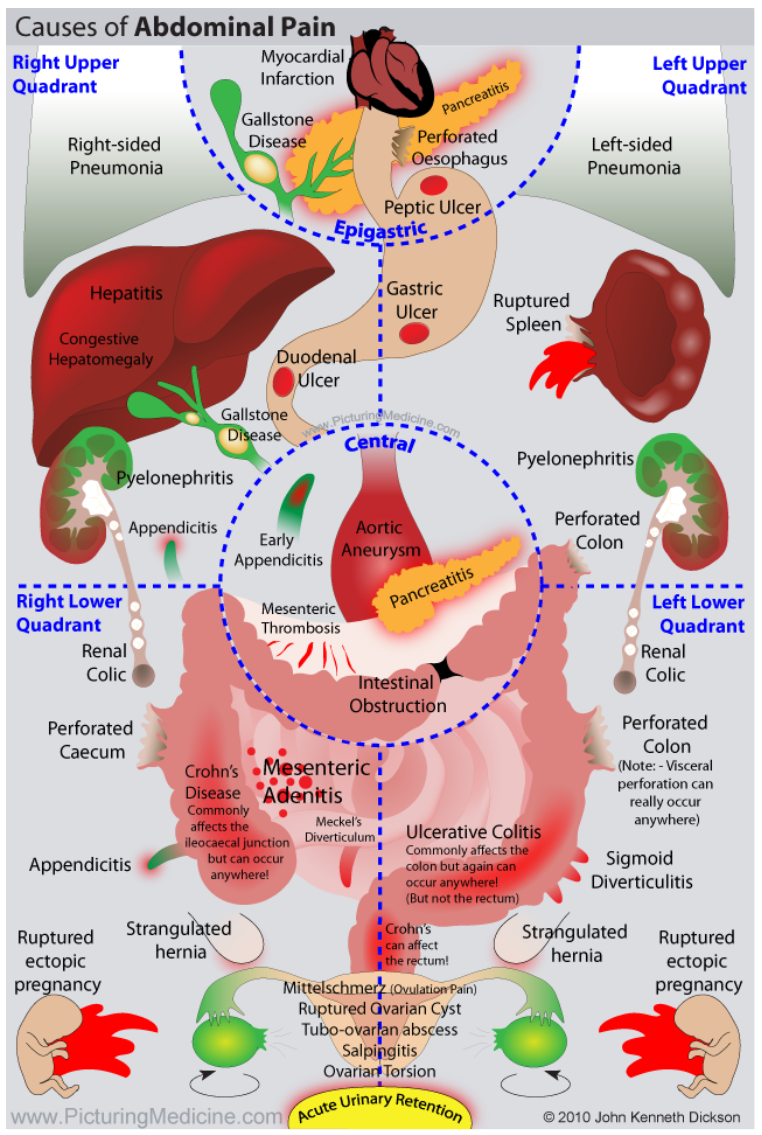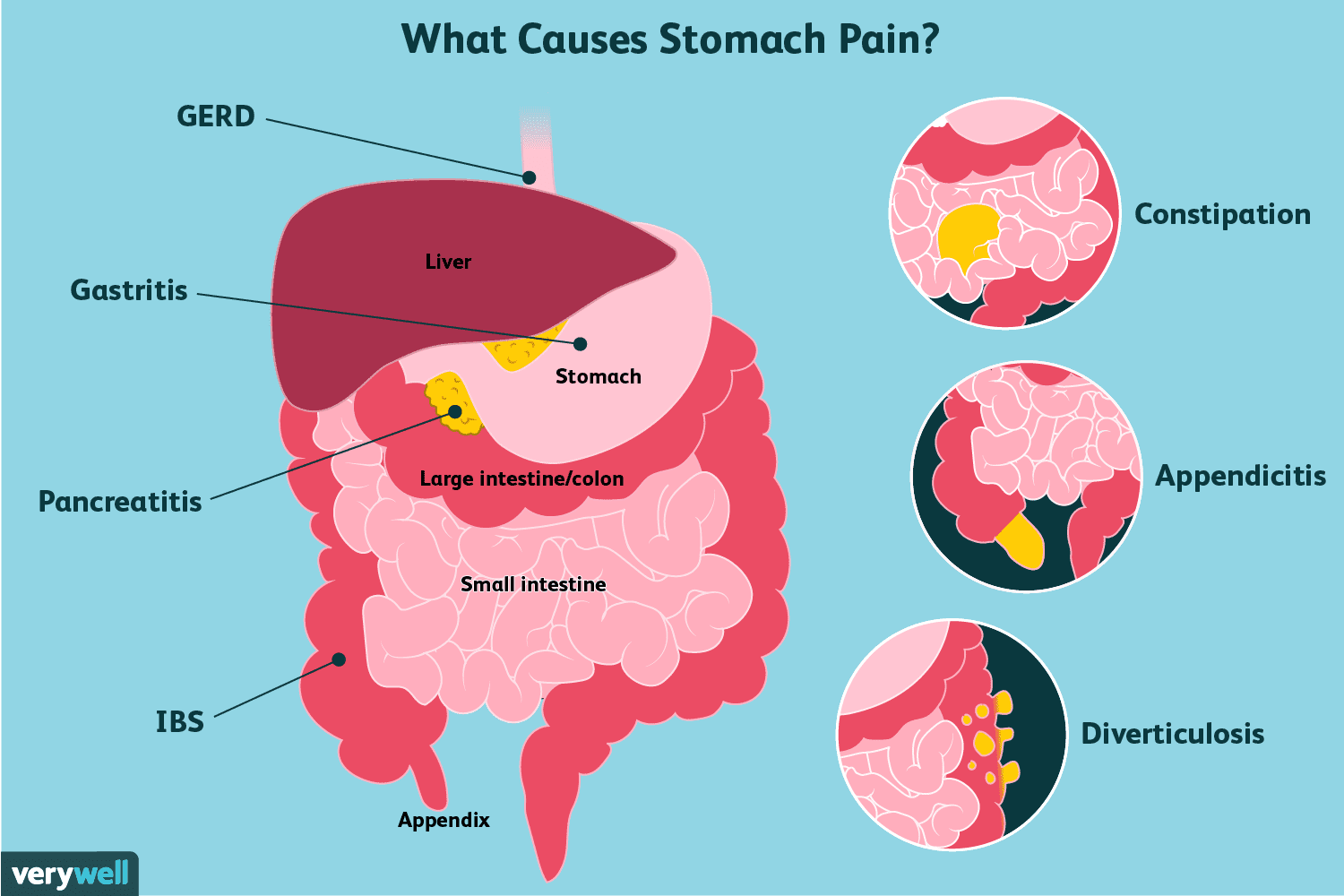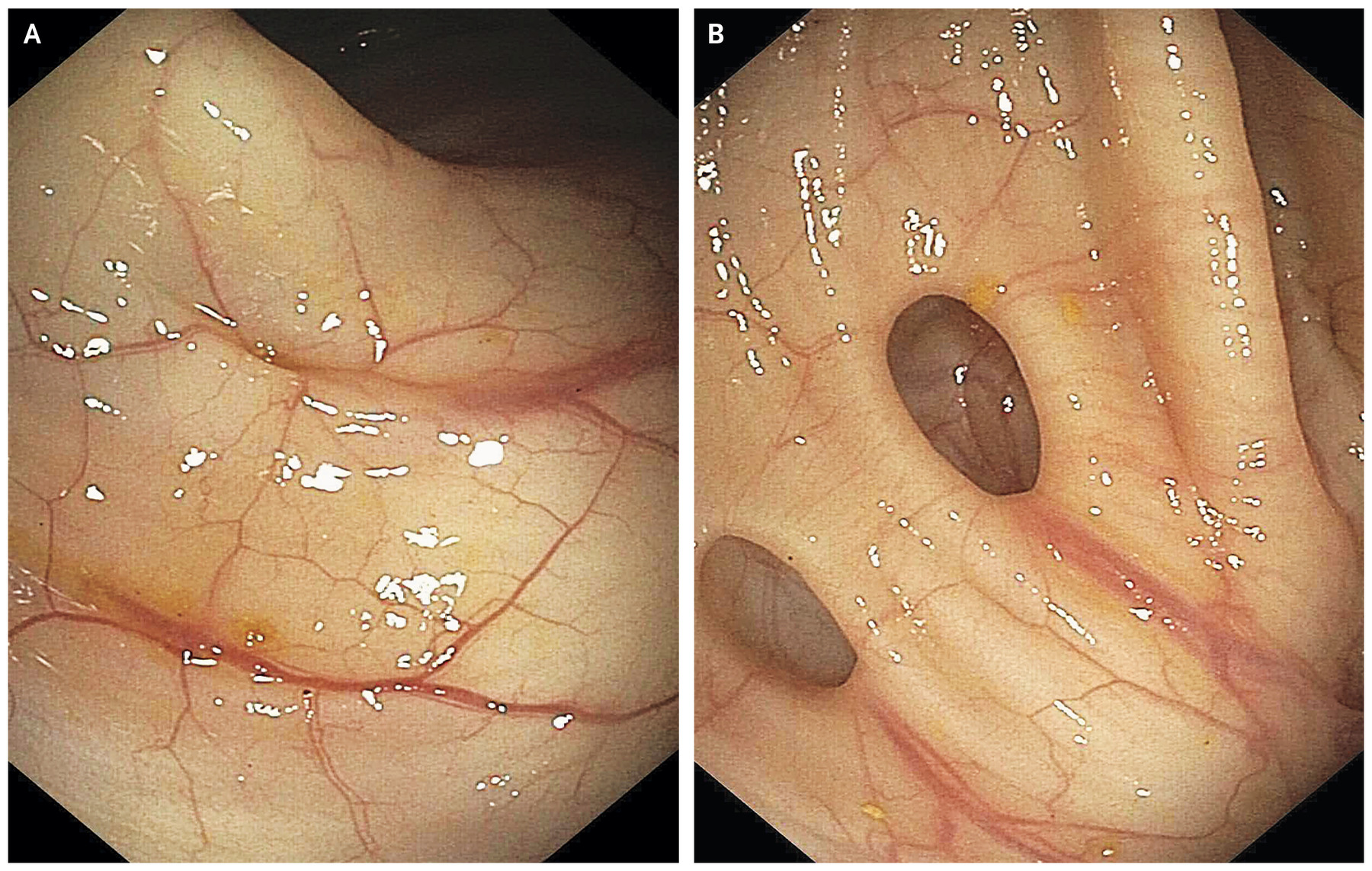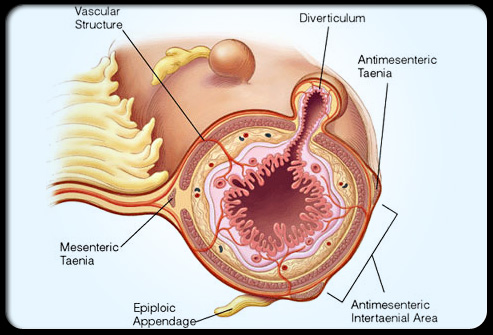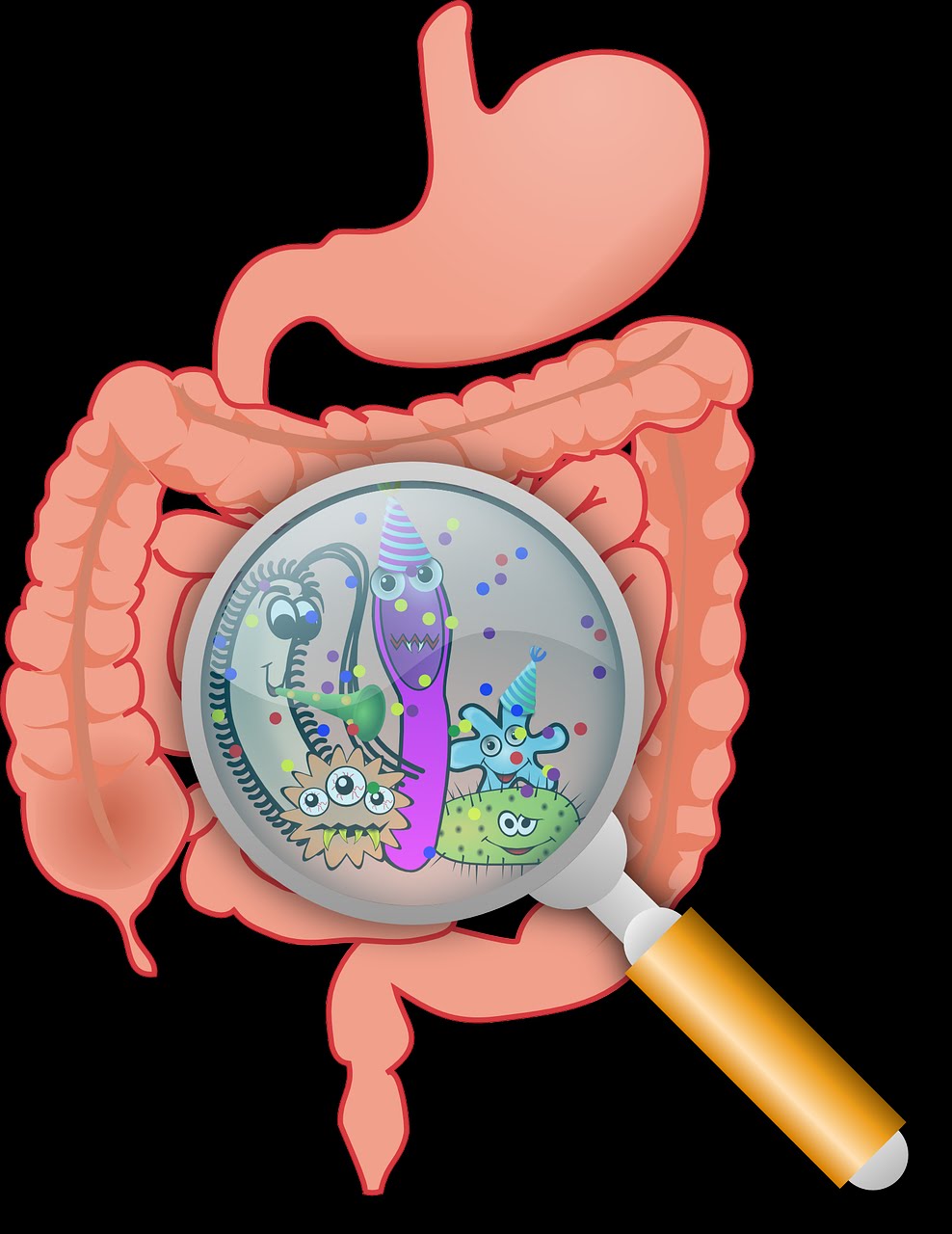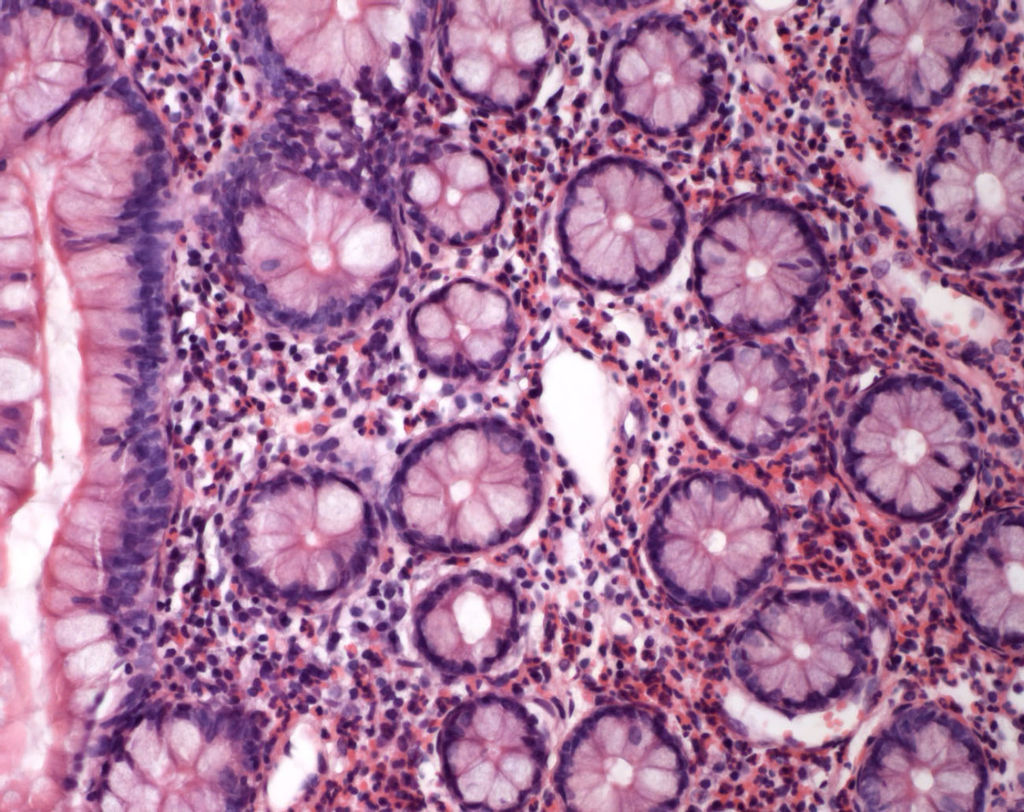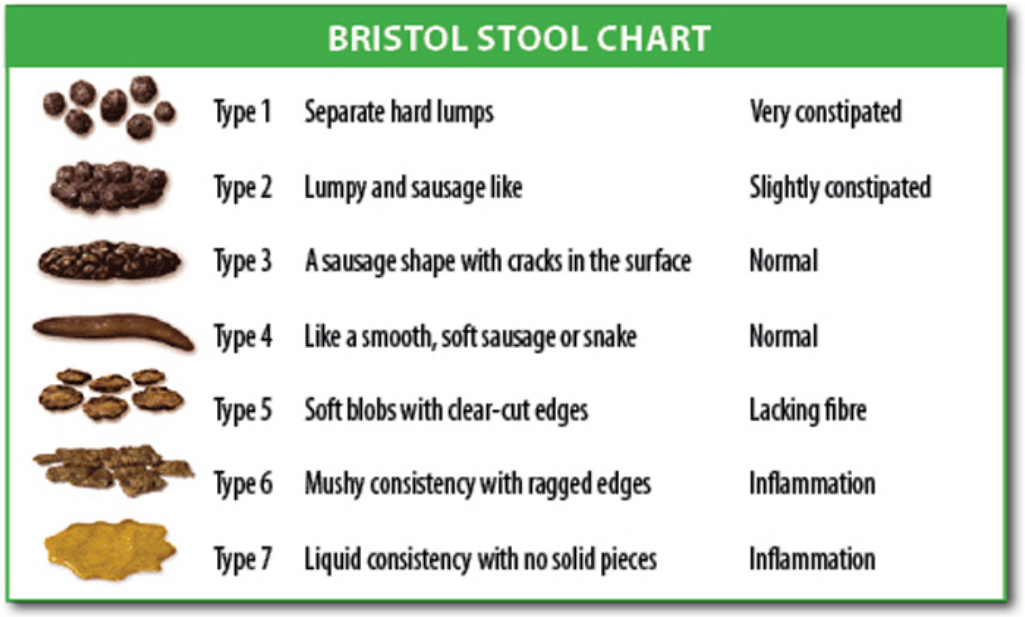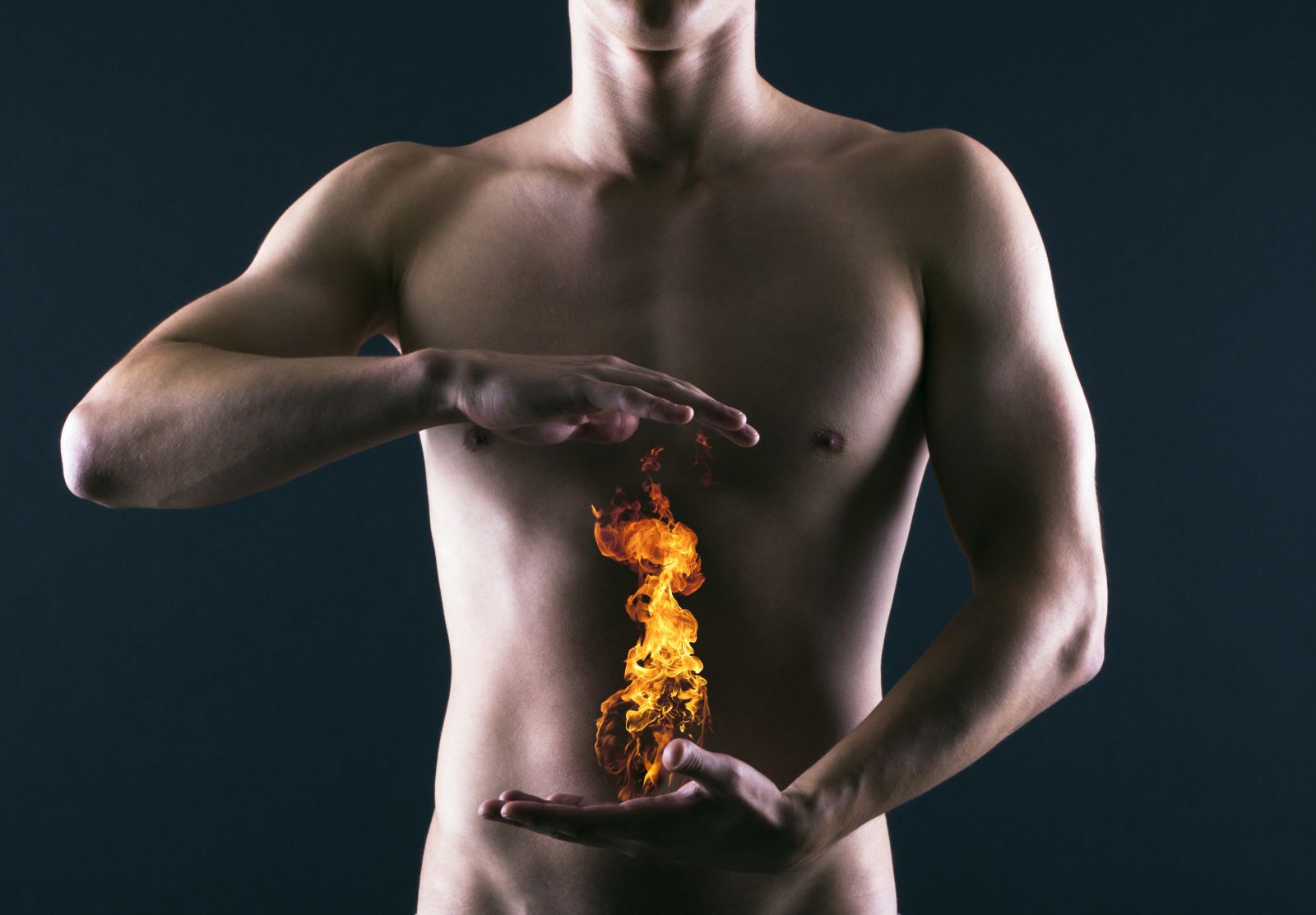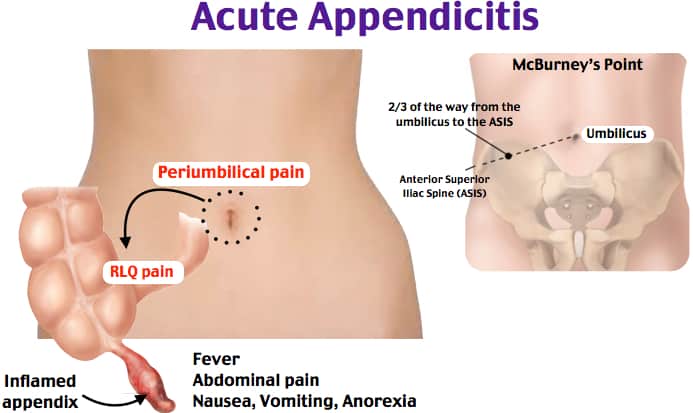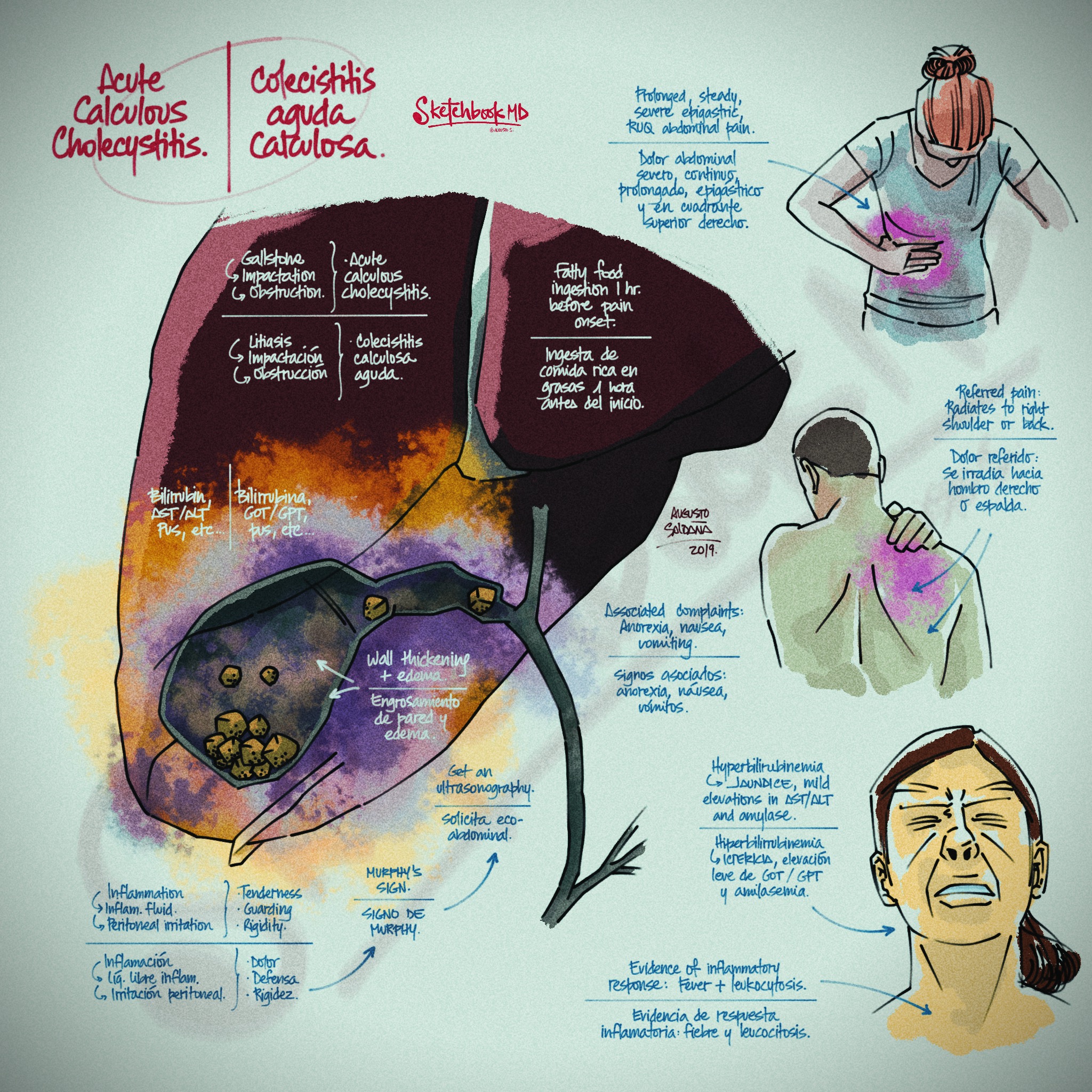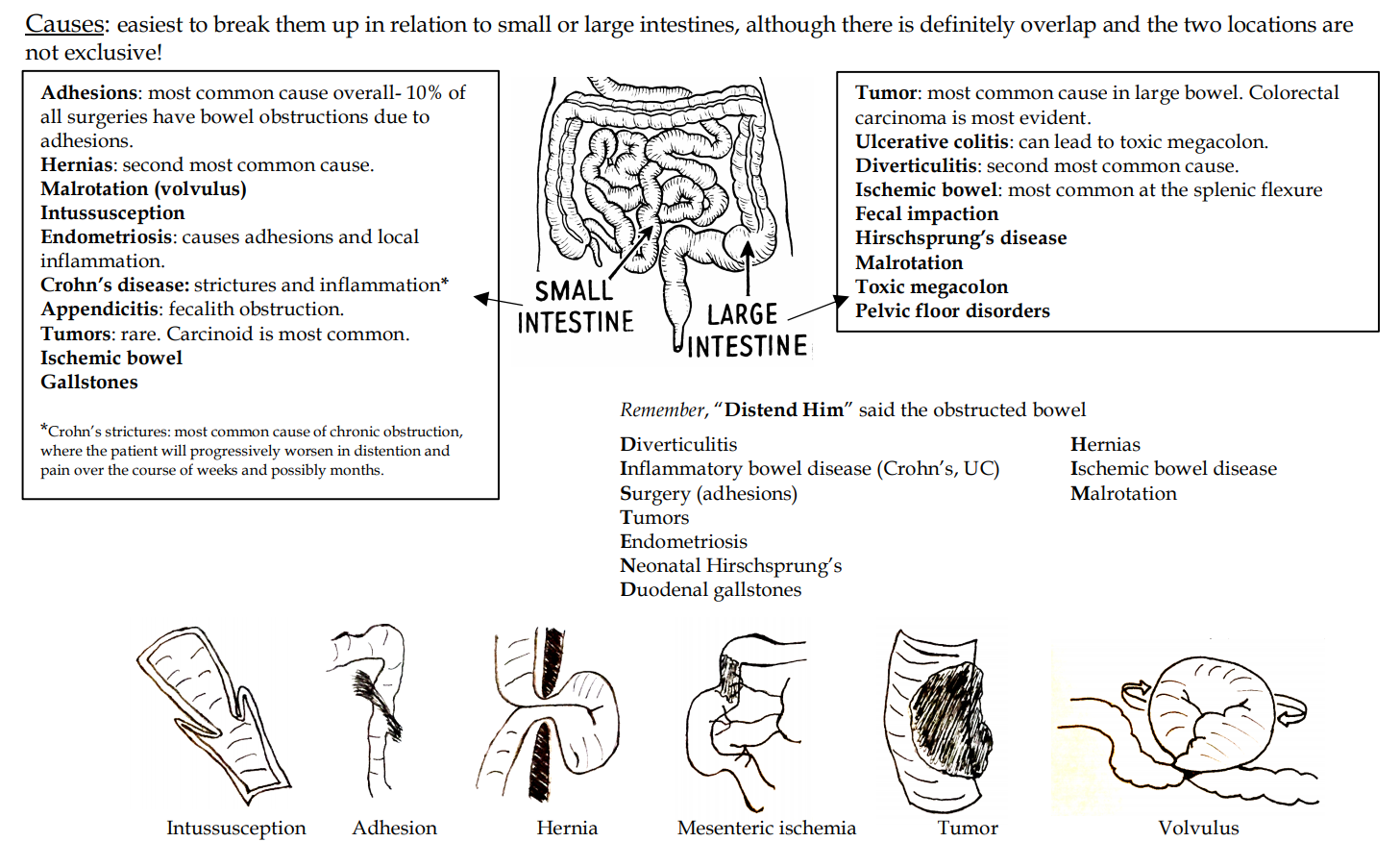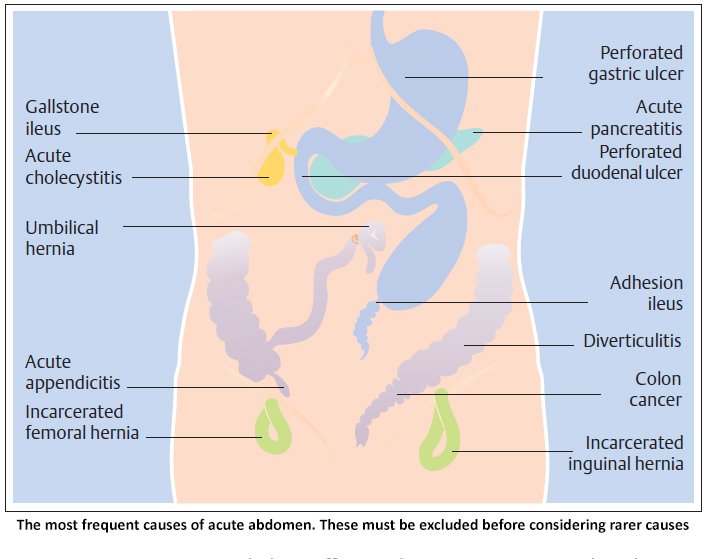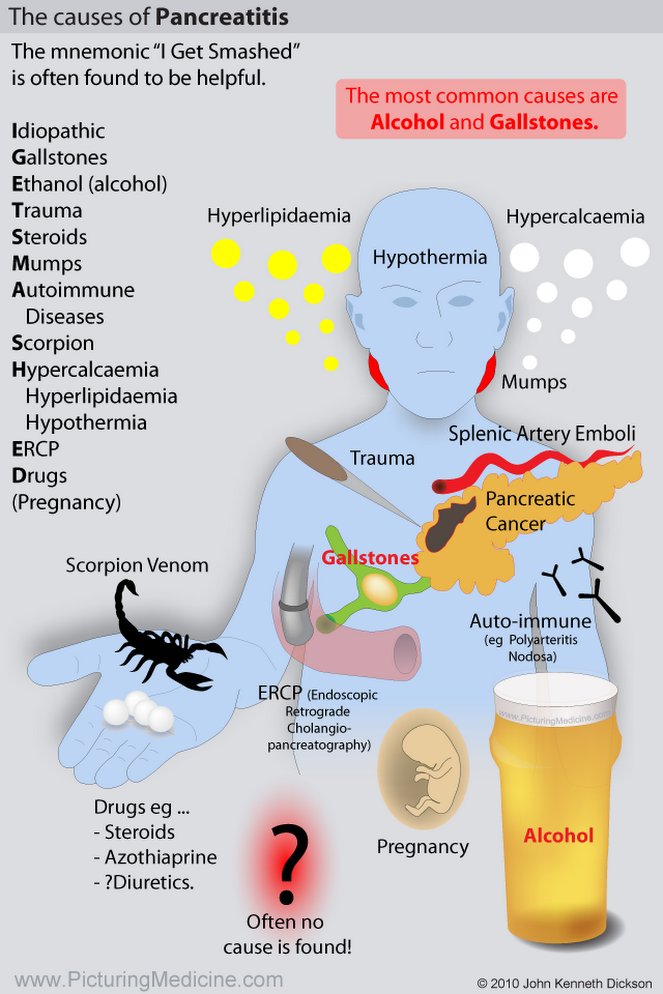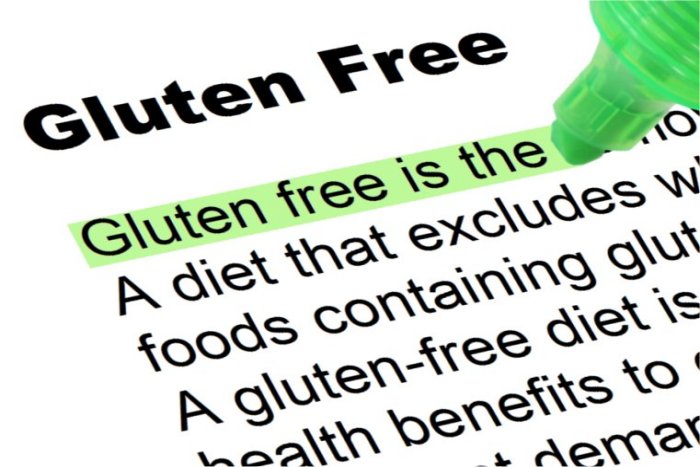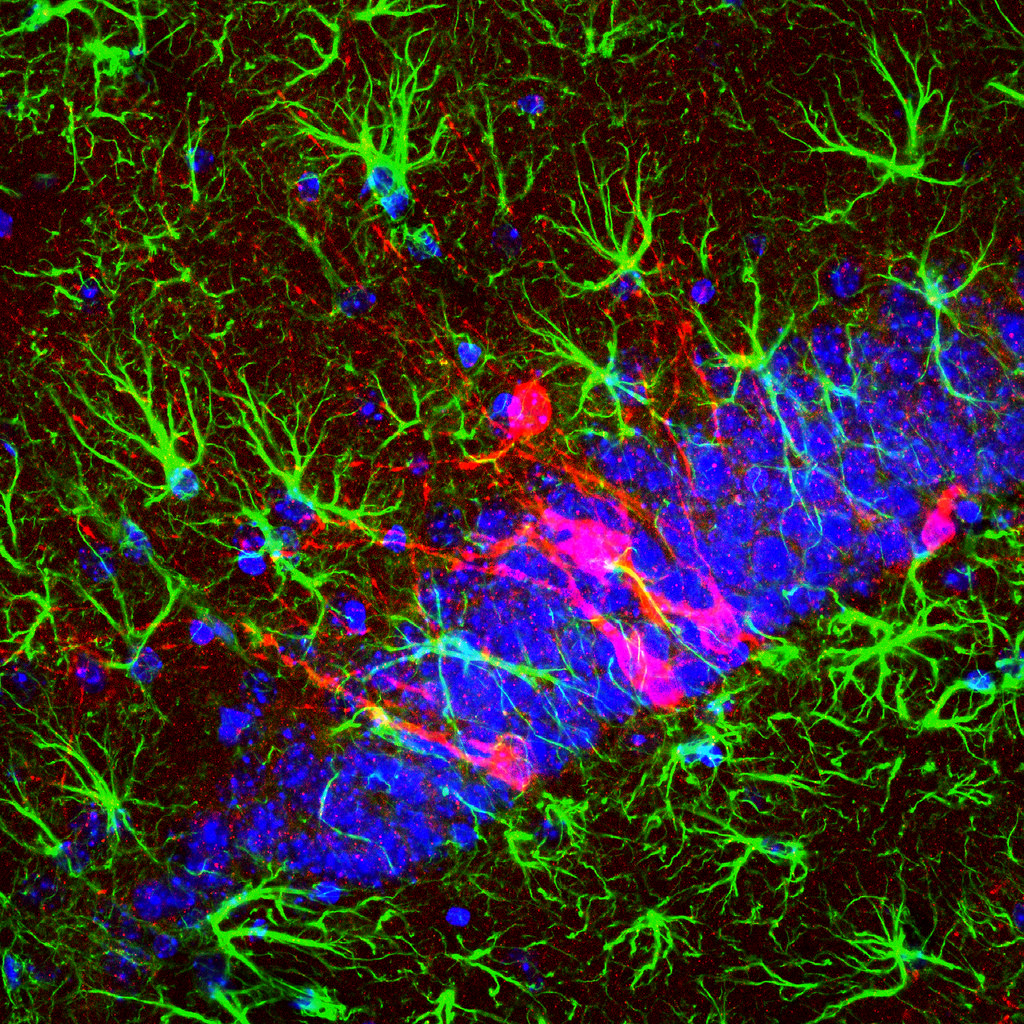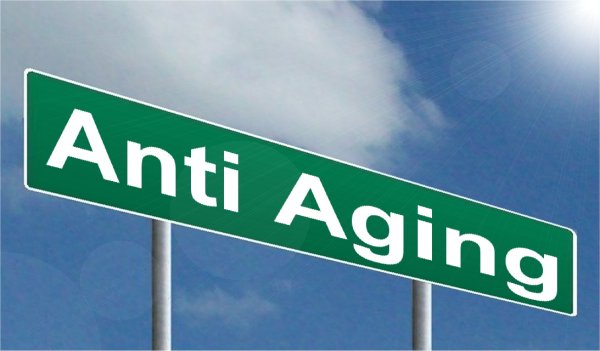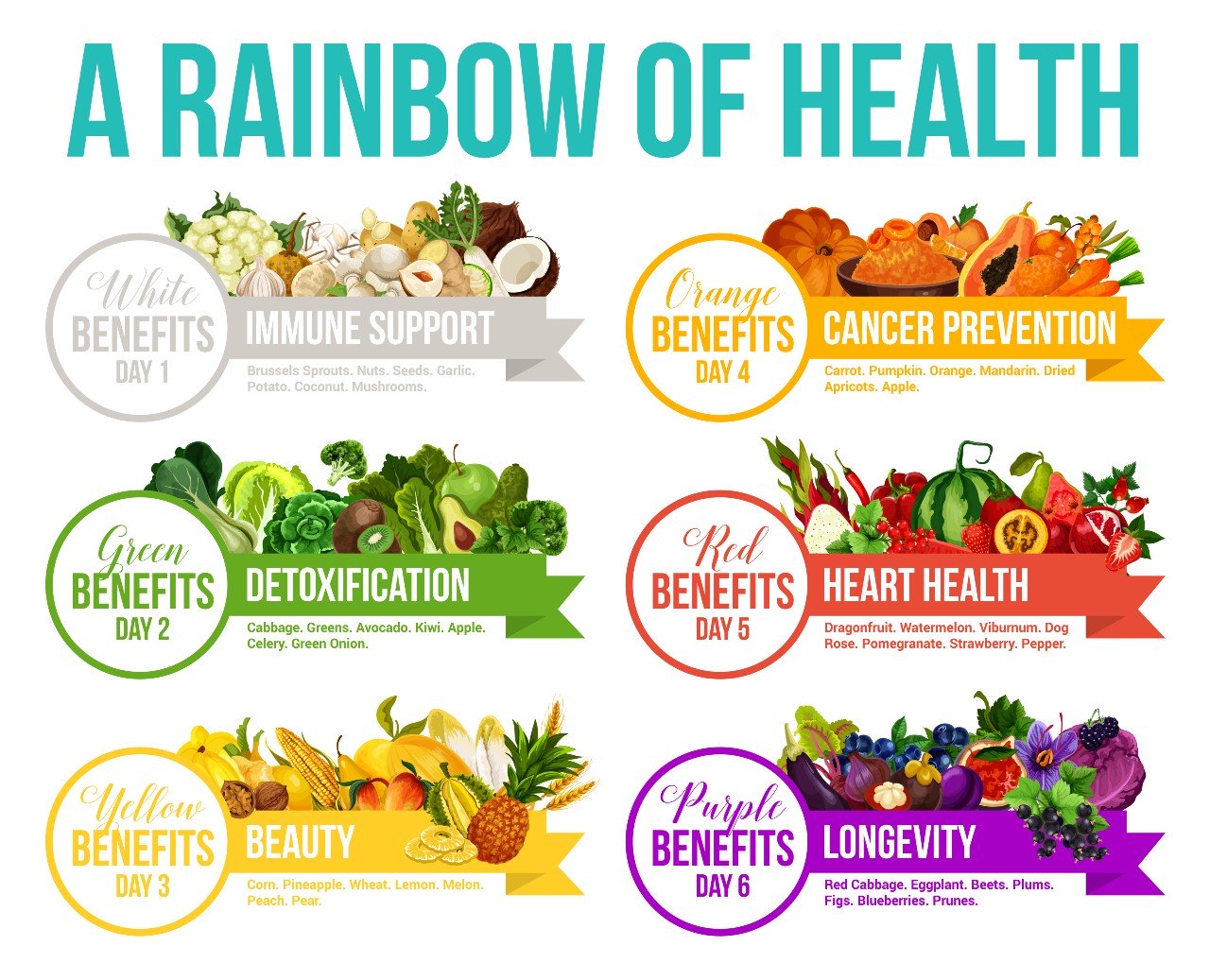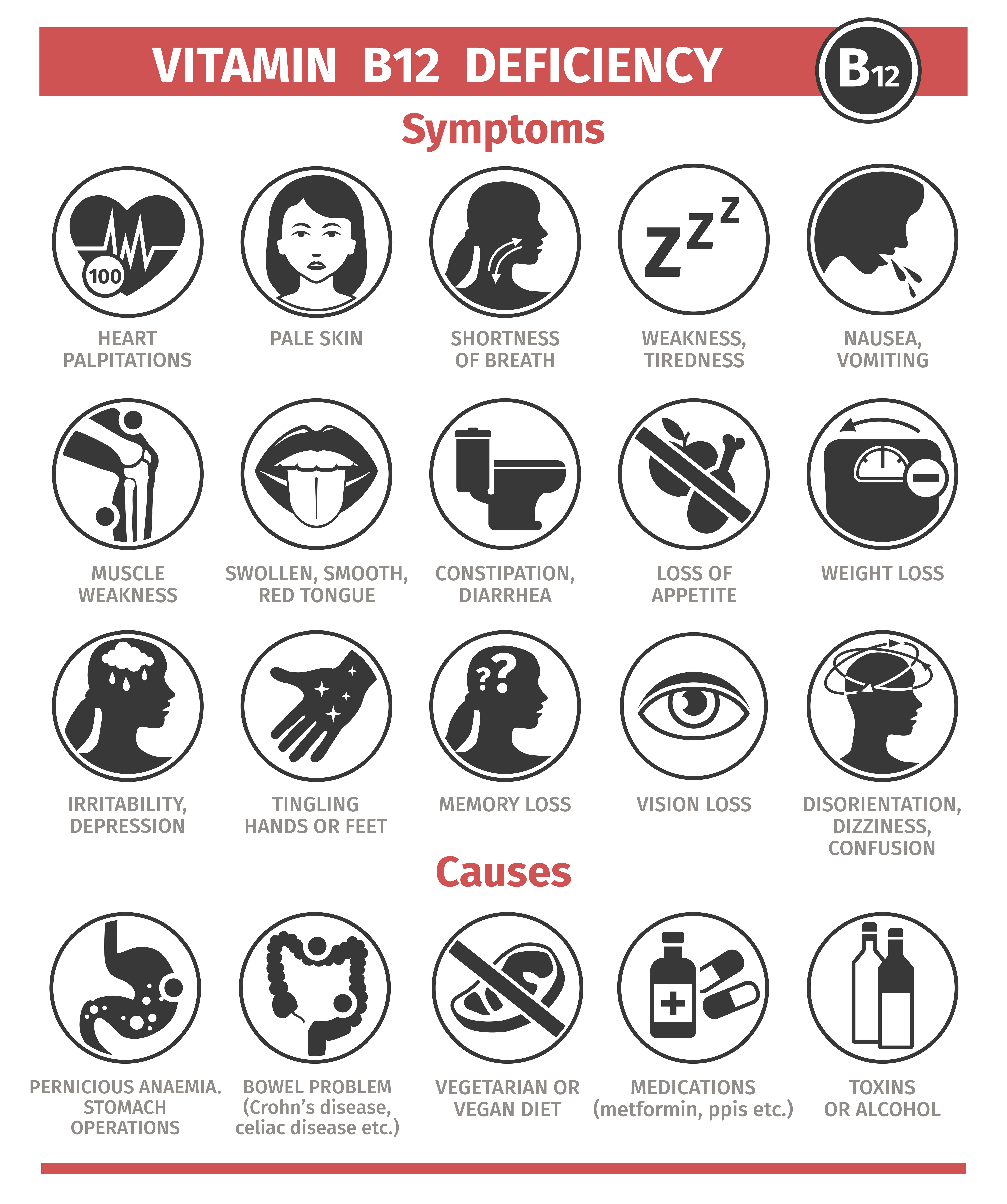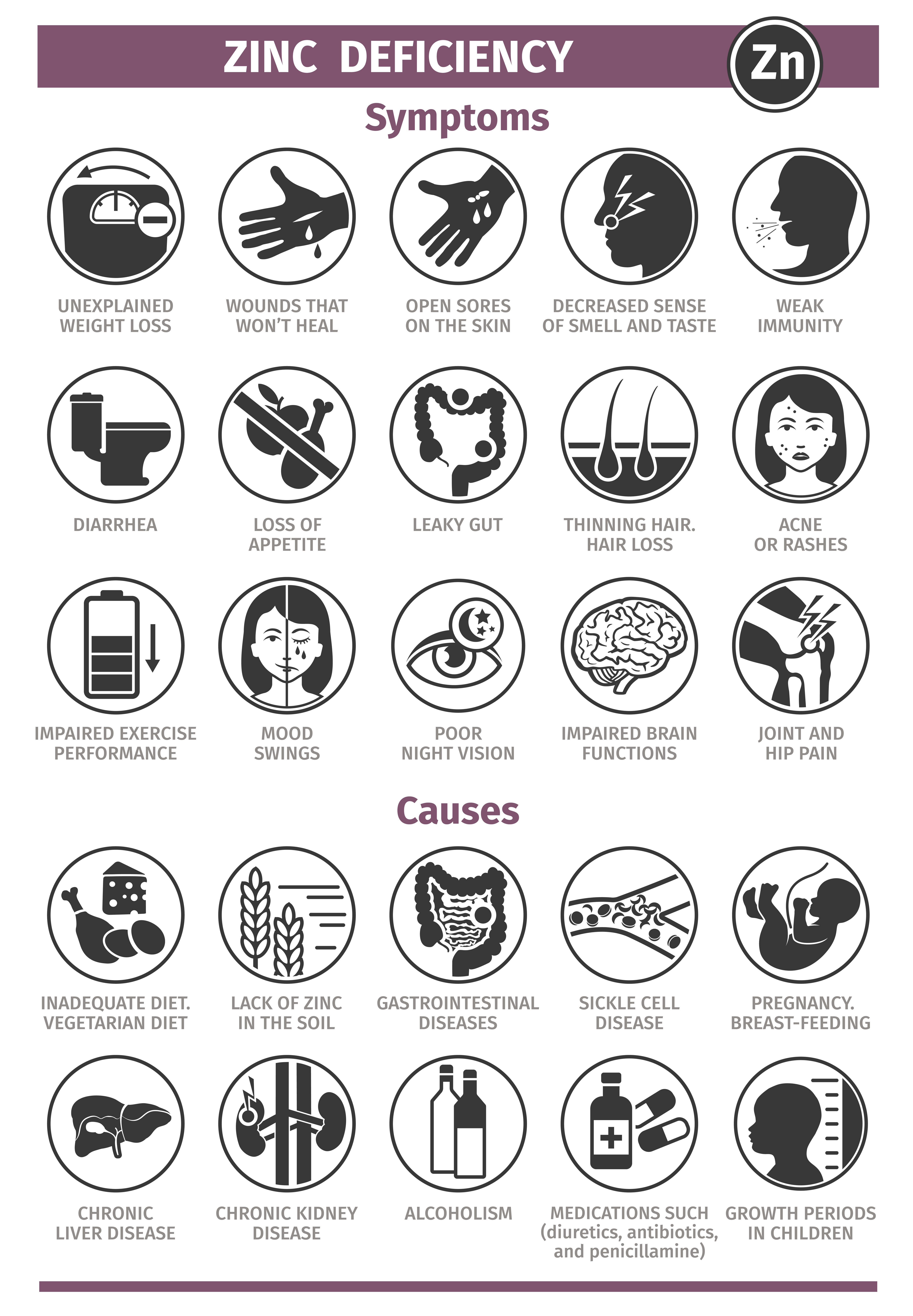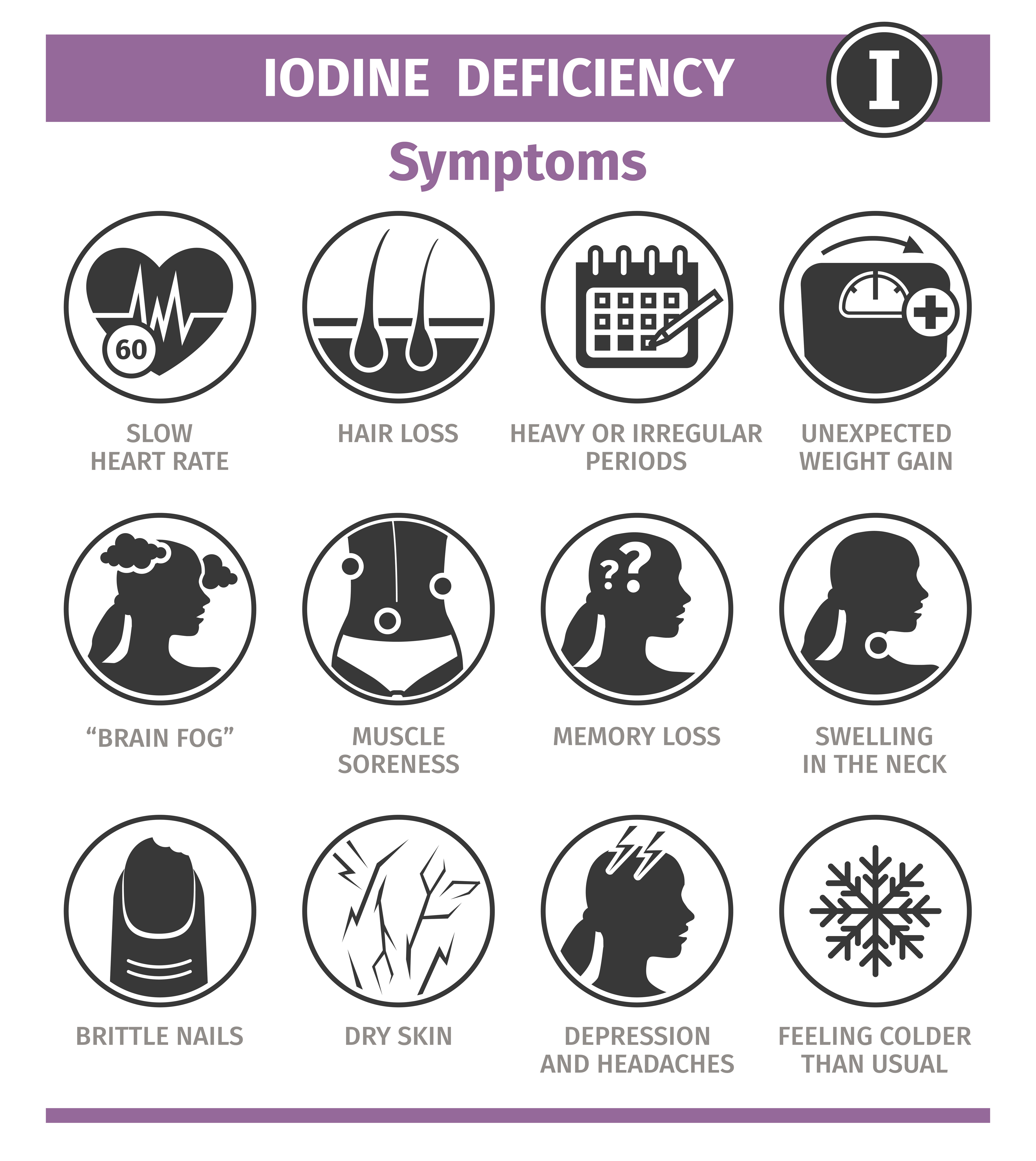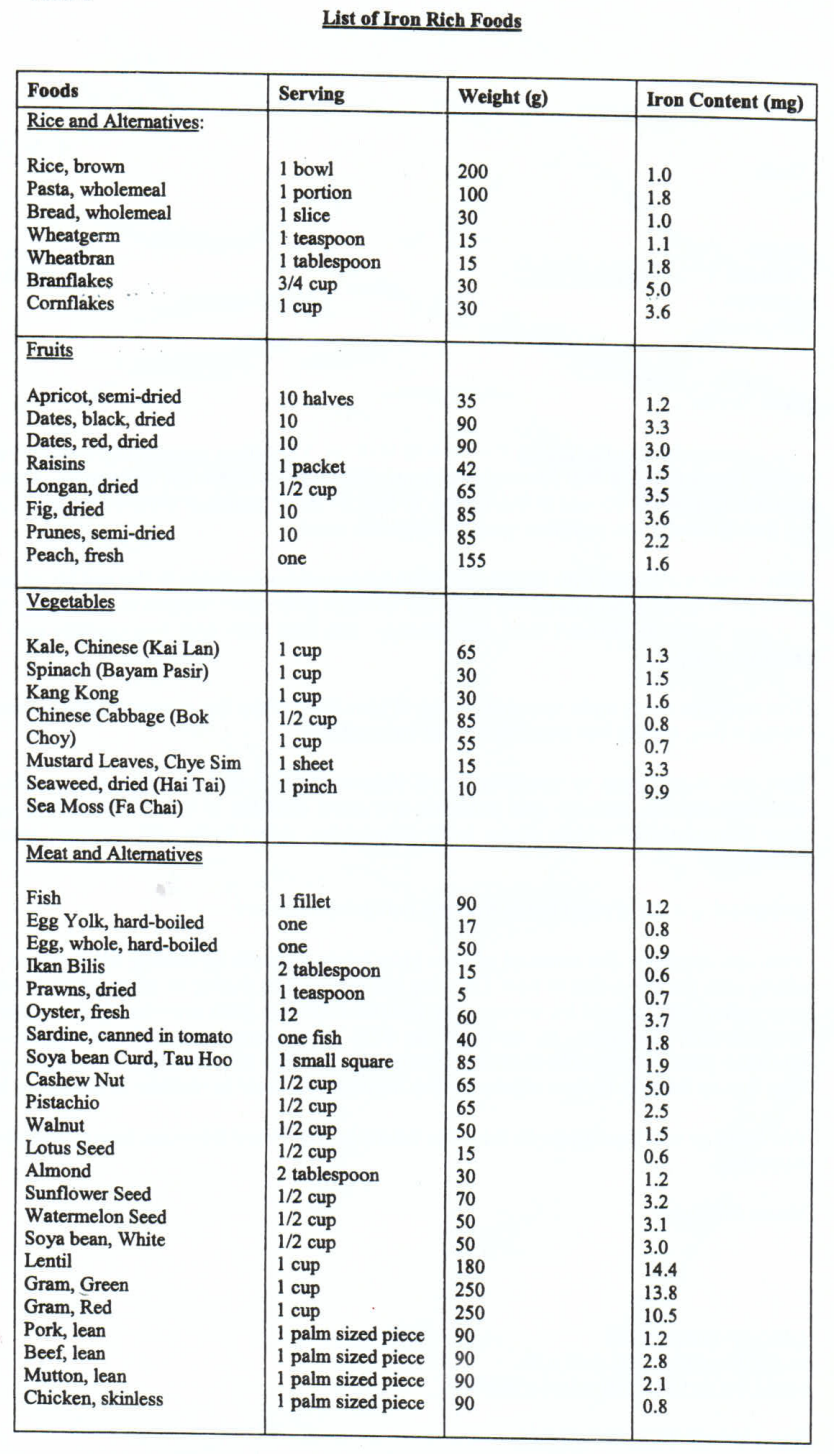Abdominal Pain - Symptoms & Causes
腹痛 - 症状と原因
Abdominal pain or Stomach aches are very common, especially with children. Learn the common causes and various symptoms that might indicate a medical condition.
- Gastroesophageal reflux disease (GERD)
- Gastritis
- Peptic Ulcer - Gastric ulcer / Duodenal ulcer
- Stomach Cancer
- Pancreatic Cancer
- Pancreatitis
- Appendicitis
- Diverticulitis
- Acute Bowel Obstruction
- Acute Cholecystitis
- Strangulated Hernia
Please seek Medical attention as soon as possible if you are unsure of you or your family's health condition.
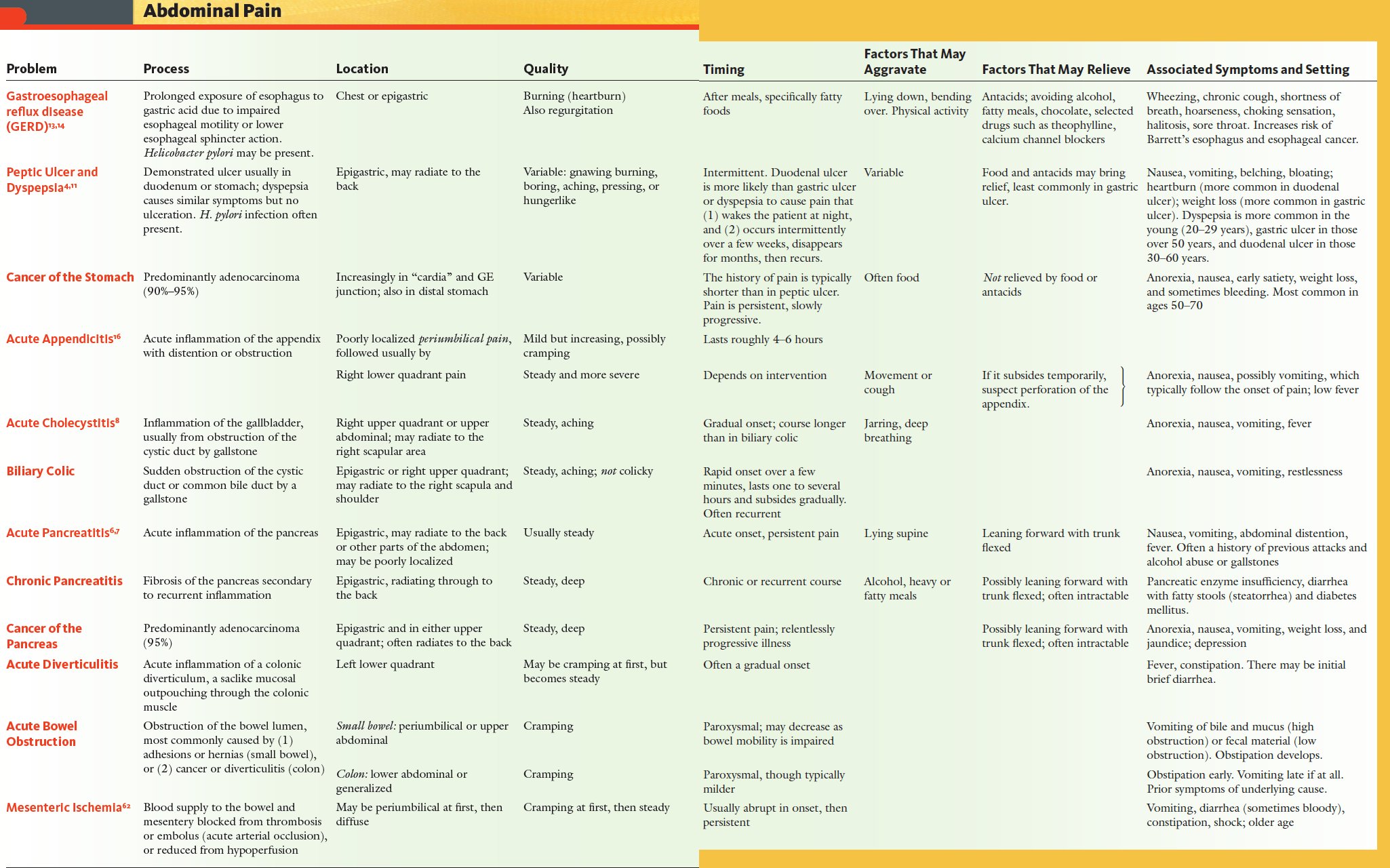
Gastritis
Gastritis is a general term for a group of conditions with inflammation of the lining of the stomach. The
inflammation of gastritis is most often the result of infection with the
same bacterium that causes most stomach ulcers - Helicobacter Pylori.
Peptic Ulcers - Gastric / Duodenal Ulcer
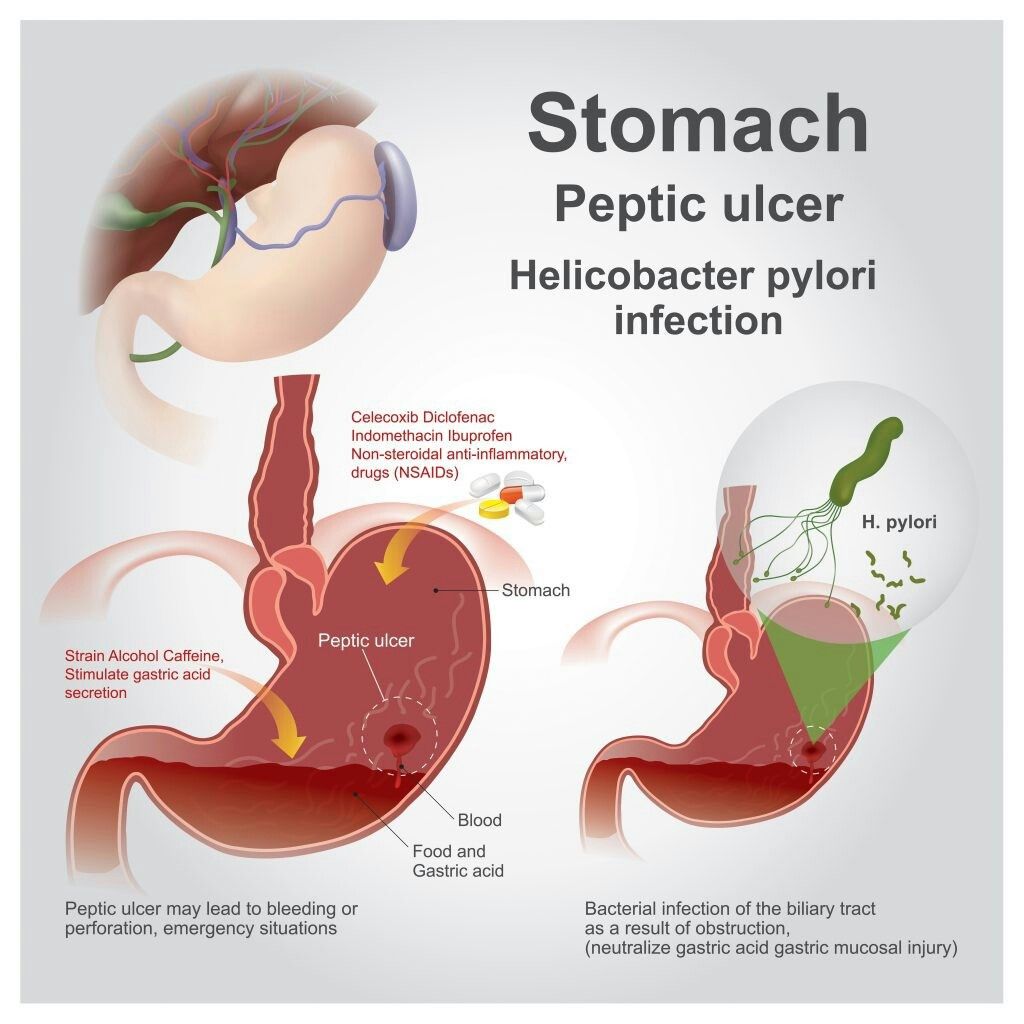
Stomach ulcers (Gastric ulcers) are open sores that develop on the lining of the stomach. Ulcers can also occur in parts of the intestine just beyond the stomach. These are called Duodenal ulcers. Stomach and duodenal ulcers are sometimes called Peptic ulcers.
Diverticulitis
Diverticulitis is a type of disease that affects your digestive tract. It's a serious medical condition that causes inflamed pouches in the lining of your intestine. These pouches are called diverticula. They develop when weak spots in your intestinal wall give way under pressure, causing sections to bulge out.
Diarrhea Treatment, Learn what is Gastroenteritis, Management of Irritable Bowel Syndrome & Heartburn or GERD
|
Appendicitis
Appendicitis is an inflammation of the appendix, a finger-shaped pouch that projects from your colon on the lower right side of your abdomen. Appendicitis causes pain in your lower right abdomen. However, in most people, pain begins around the navel and then moves.
Acute Cholecystitis - Gallbladder Inflammation
Cholecystitis is inflammation of the gallbladder. Your gallbladder is a small, pear-shaped organ on the right side of your abdomen, beneath your liver.
The gallbladder holds a digestive fluid that's released into your small intestine (bile). It usually occurs when a gallstone blocks the cystic duct. It may be acute (come on suddenly) and cause severe pain in the upper abdomen, often with nausea, vomiting, and fever.
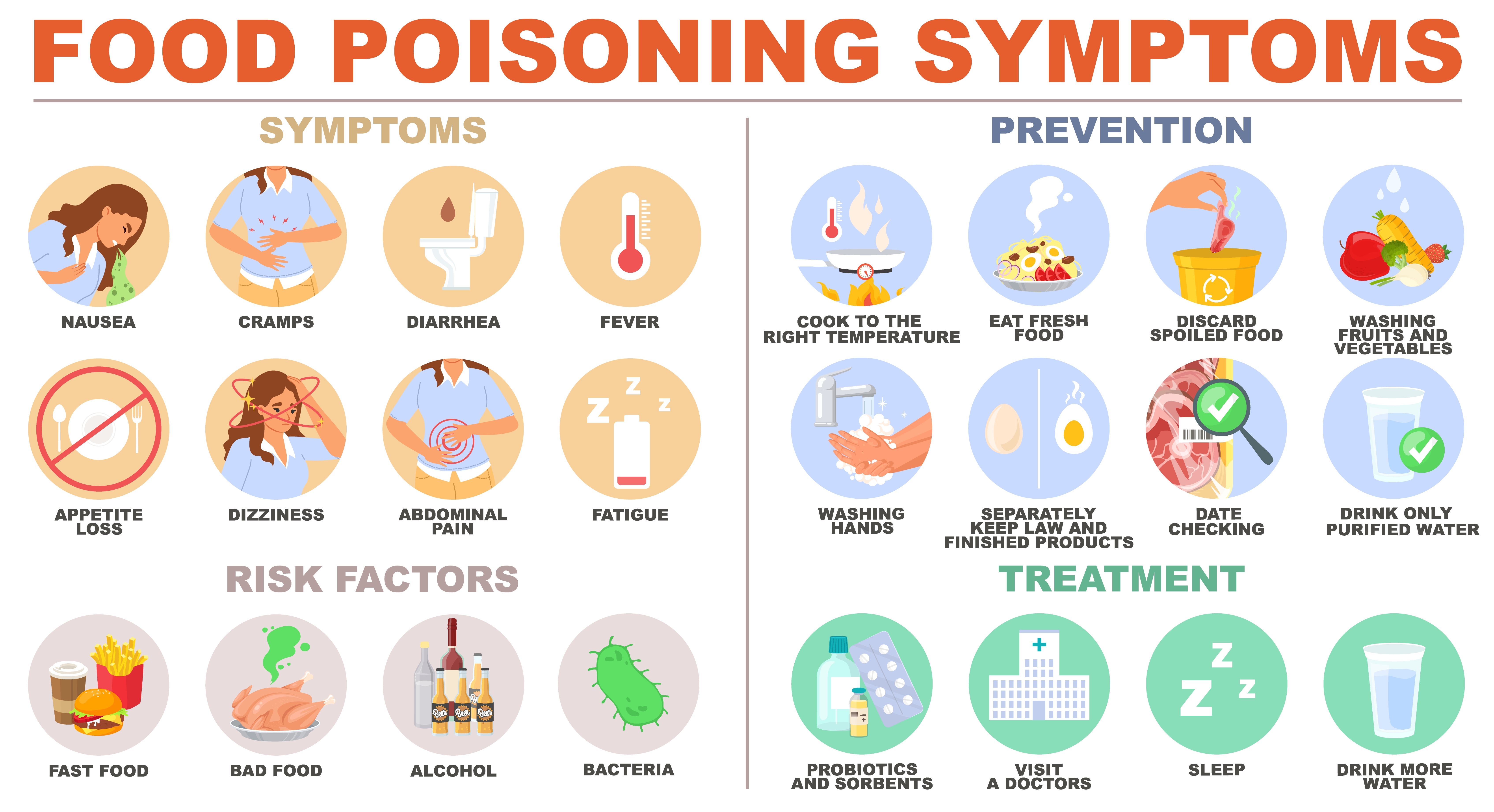
Acute Bowel Obstruction
Bowel obstruction, also known as intestinal obstruction, is a mechanical or functional obstruction of the intestines which prevents the normal movement of the products of digestion. Either the small bowel or large bowel may be affected. Signs and symptoms include abdominal pain, vomiting, bloating and not passing gas.
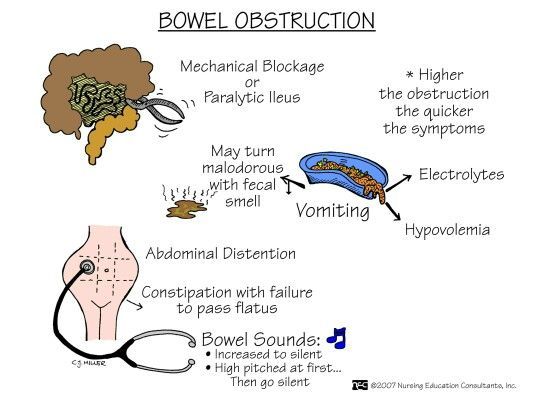
Cancers / Tumours - Stomach / Pancreas
Strangulated Hernia
A strangulated hernia is a hernia that is cutting off the blood supply to the intestines and tissues in the abdomen. Symptoms of a strangulated hernia include pain near a hernia that gets worse very quickly and may be associated with other symptoms.
Pancreatitis
Pancreatitis is inflammation in the pancreas. The pancreas is a long, flat gland that sits tucked behind the stomach in the upper abdomen. The pancreas produces enzymes that help digestion and hormones that help regulate the way your body processes sugar (glucose).
How a Gluten-free Diet can Improve your Chronic Illnesses
Healthy Diets for Optimal Health
|
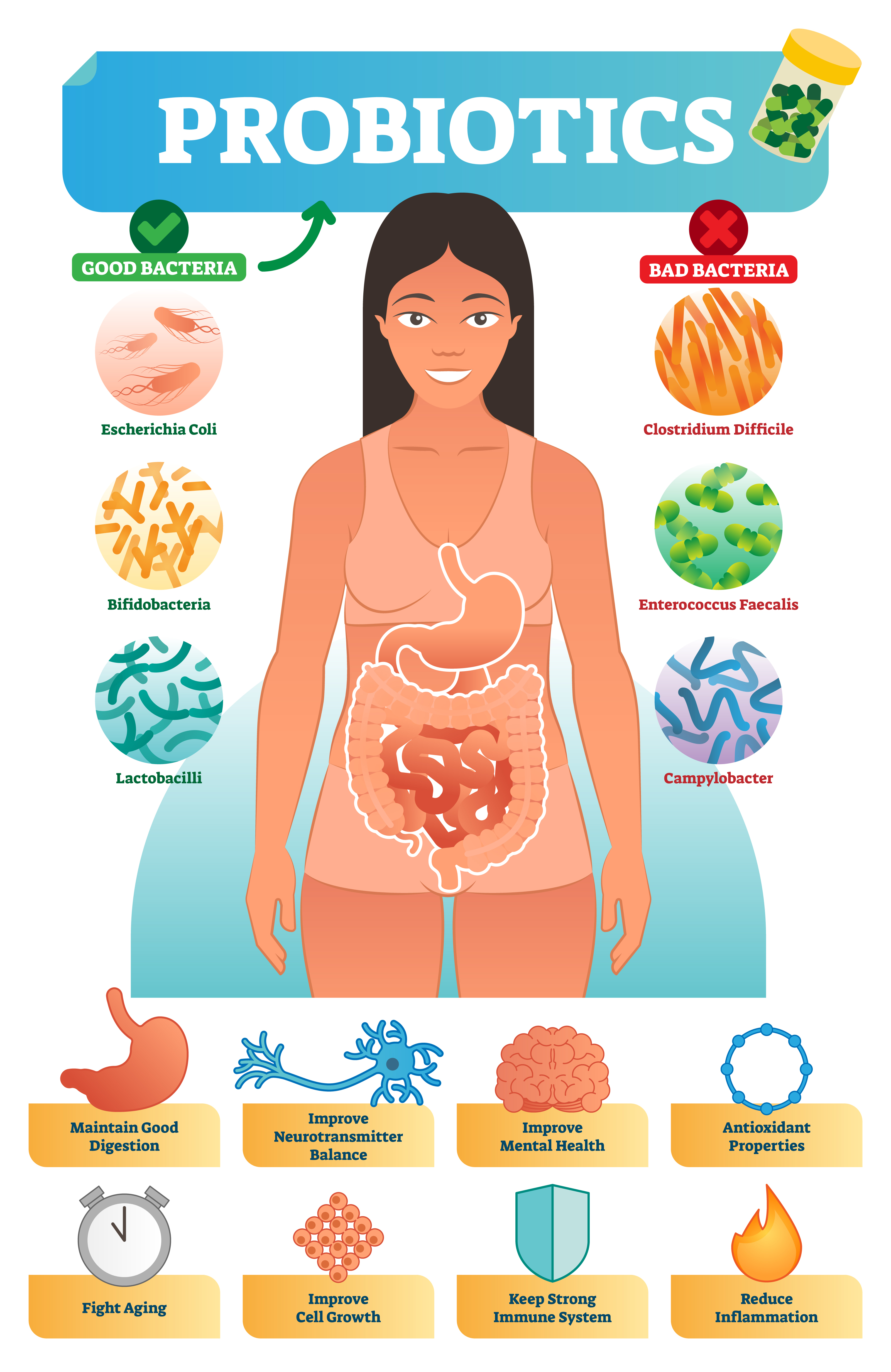
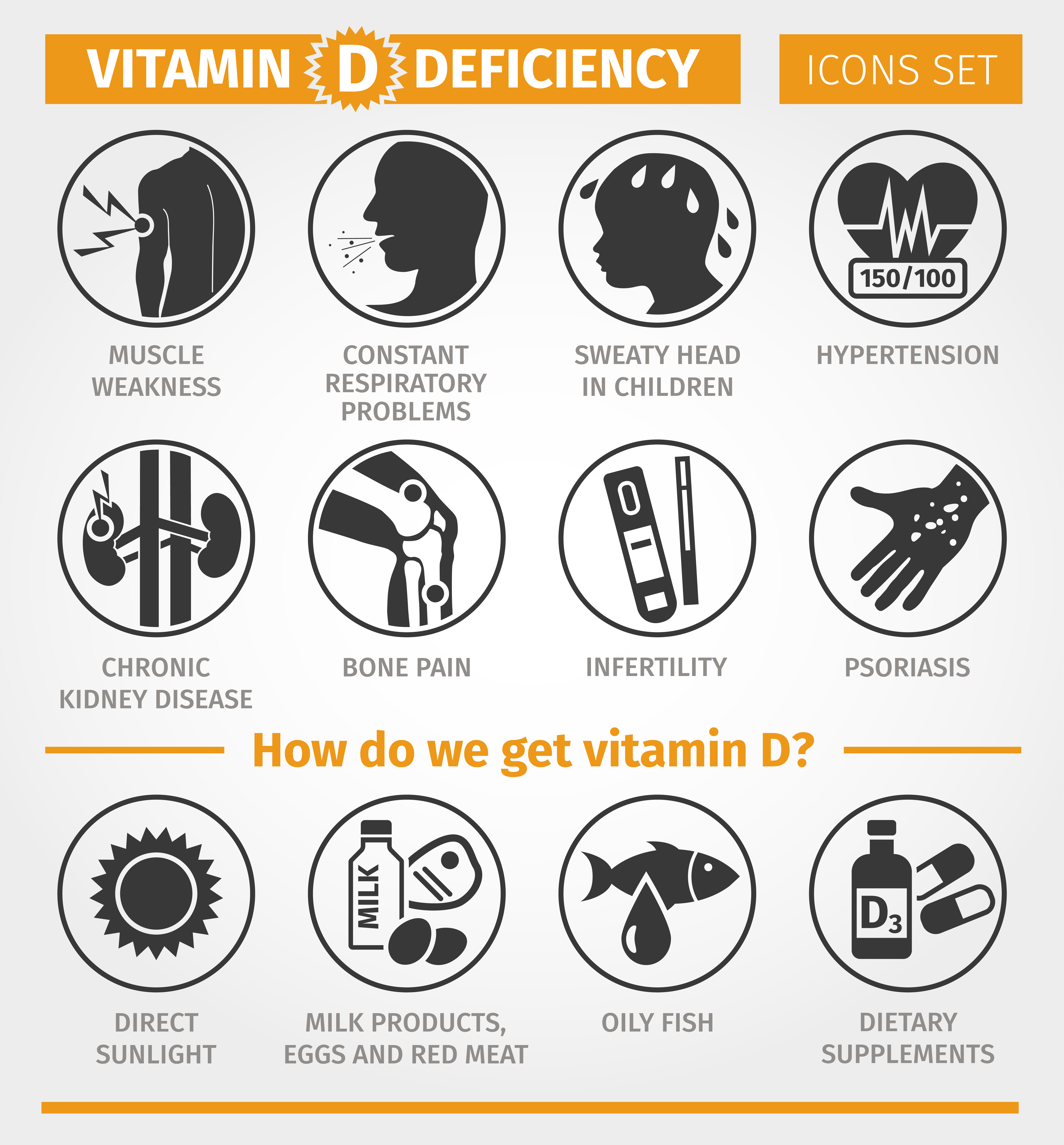
The information provided in this website is for knowledge purposes only. It does not constitute medical advice.
Should you encounter any medical problem that you are unsure of, always consult your doctor or health care provider for assistance and medical advice.
